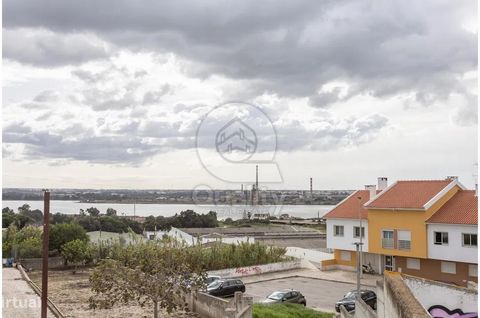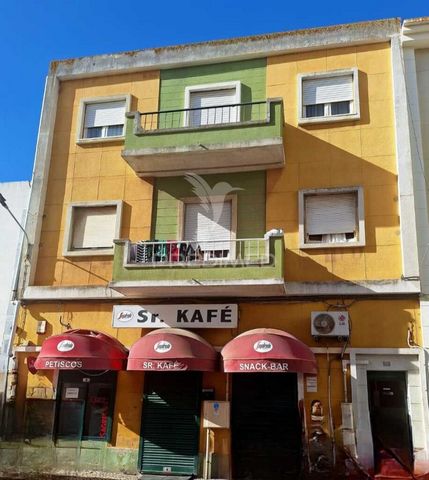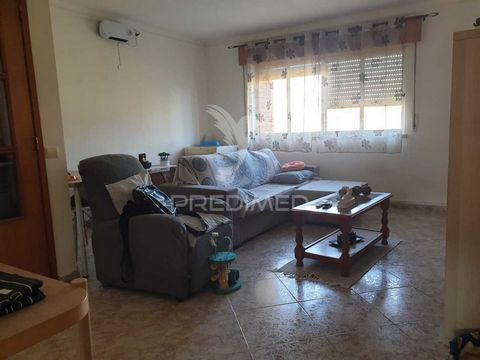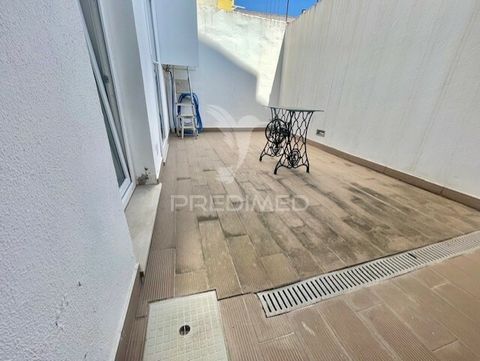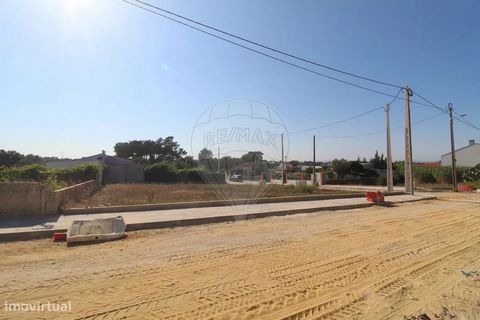House with a gross construction area of 232m2 on a plot of land measuring 293m2. The property consists of 2 floors, with the added value of the fact that it already has 2 kitchens, one on the top floor and one on the ground floor, which you can use for investment if you want to divide it into two dependent houses. On the ground floor, there is an entrance hall with skylight, a bathroom with shower, an equipped kitchen that gives access to an annex used for a wine cellar and laundry room, 1 very spacious bedroom, bathroom and space for an elevator. First floor: large living room with fireplace, balcony with open views and 3 bedrooms, all with wooden floors and 2 of them with built-in wardrobes. Possibility of using the attic. pre-installation of alarm, installation of solar panels, window grilles, double glazing and tilt-and-turn windows, air conditioning This villa offers a generous outdoor area with the possibility of creating 3 different environments for family and leisure moments, taking advantage of the barbecue and fruit trees. Easy access to Lisbon using the 25 de Abril bridge and the Vasco da Gama bridge as well as the city of Setúbal and the beaches. Come and see, book your visit now. About the barreiro - Industrial period The opening of the first railway section to the south of the Tagus between Barreiro and Vendas Novas in 1861, began the great surge of industrial development in the municipality, which for more than a century and a half characterized Barreiro and transformed it into the main axis in North/South connection of the country. With the railway came the cork industry, whose first production dates back to 1865. At the end of the century. In the 19th century, Barreiro would become one of the most important cork centers in the country, employing around 1000 workers. This activity has completely disappeared from the municipality, with only one factory remaining, currently deactivated. However, major changes to the traditional physiognomy occurred with the start of chemical industries in 1907, by Alfredo da Silva, initiating the large industrial complex that Barreiro became during the 20th century. Some of these activities left testimonies that today we can consider as cultural heritage, an inheritance of Portuguese industrialization.

